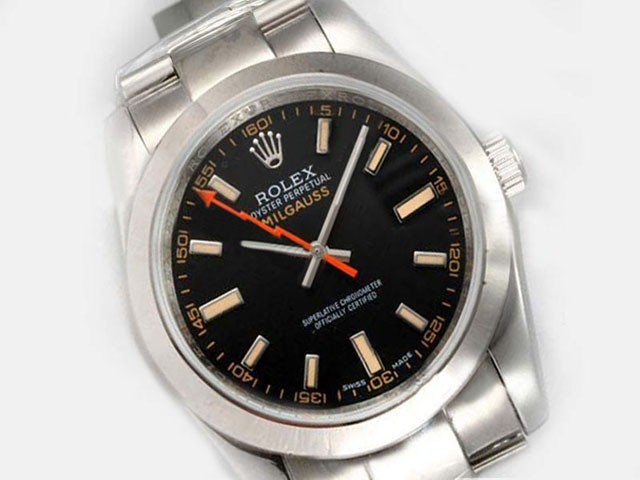This phrase is emblazoned on almost every Rolex dial “Oyster Perpetual”. The combination of two seemingly innocuous letters is not only historically significant but neatly sums up everything that makes Rolex a watchmaking powerhouse. The first water-resistant watch case made by Rolex was the “Oyster.” Perpetual refers to the perpetual winding rotor inside each Rolex replica watch. That’s why you’ll never find the word “automatic” on the dial – it’s just redundant.
The new Oyster Perpetual is available in five sizes: 28, 31, 34, 36, and 41 mm. However, don’t assume that you can get the same set of watches in each size. We’re talking about Rolex – that would be too easy. Let’s analyze the differences and see what all the fuss is about. 
In order to get to this point, we had to lose some watches along the way – good watches that leave everything on the field. I’m talking, of course, about the much-loved Rolex OP 39, a watch that (at least in its white dial configuration) is considered close to perfection. It is an exemplary example of the replica Rolex ideal. Its functionality and timelessness transcend its simplicity.
With it, we also lost some of Rolex’s more interesting dial options. A rhodium-plated dial with blue markers and a red grape dial with pink markers and a blue dial with green markers, even the previous generation 34mm OP model had a sleeper hit.
Within each size of the Oyster Perpetual Calendar collection, there are noteworthy nuances. The 36 mm and 41 mm variants are effectively mirrored images of each other, only in different sizes, with painted squares next to each hour marker. The OP 34 has Roman numerals on the dial, a feature unique to this size. The 31 has essentially the same dial configuration as the 36 and 41, but with two differences.
Instead of hash marks, the 31, 36, and 41 mm models have the Rolex replica Coronet crest at six o’clock on the dial. The 28mm model, on the other hand, has the magic words Swiss and Made on either side of the two Rolex crowns – a small throwback to the vintage models, where the tritium “T” was similarly represented.
The main difference between the 36/41 mm model and the others is the style of the markers themselves. The former features a so-called double-barrel marker set, where the markers at 3, 6, and 9 o’clock are presented in a double-barrel style (literally, two markers next to each other). This is a divisive topic for OP lovers.